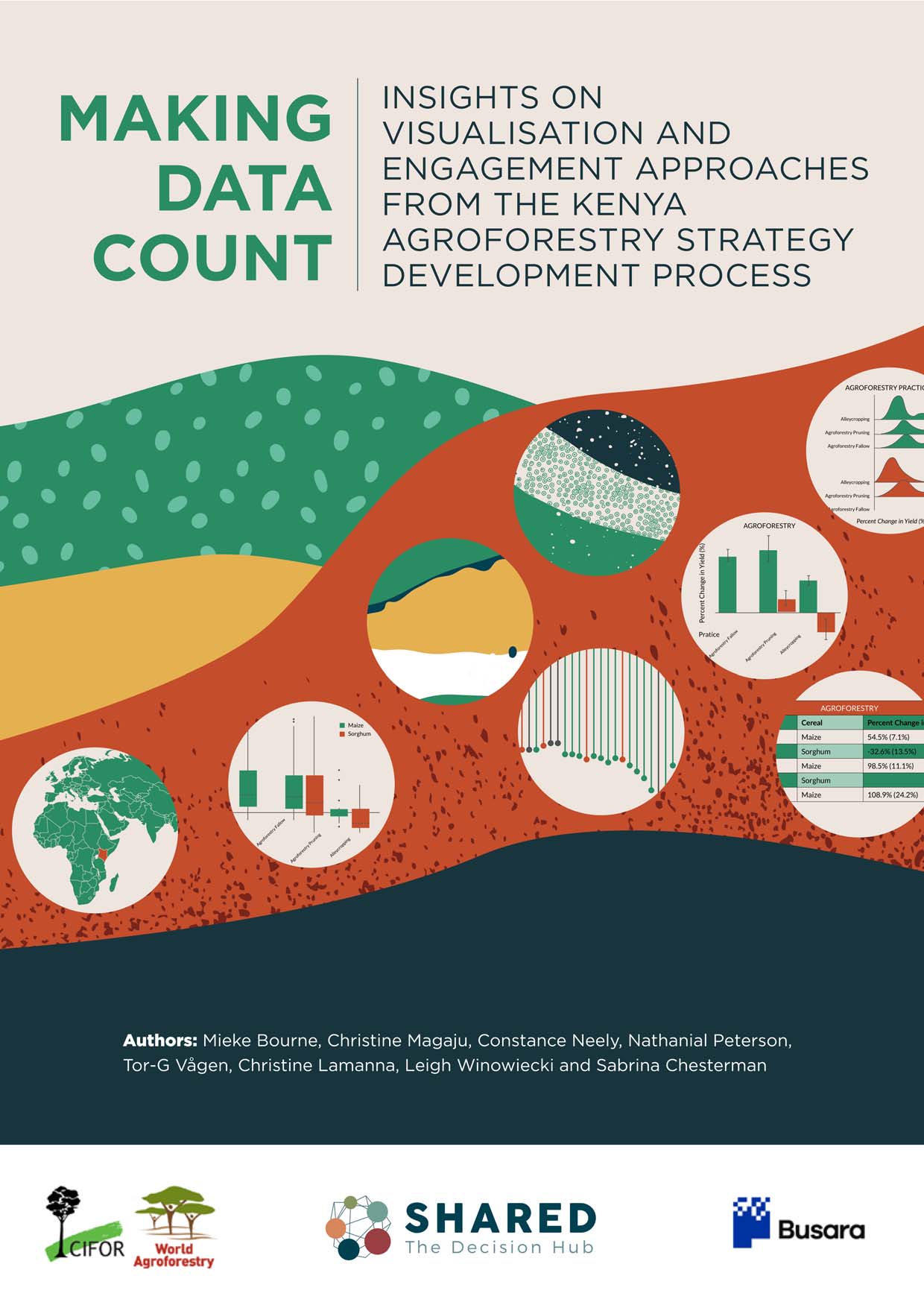Payment for Environmental Services (PES) is one of several schemes designed to conserve the environment by means of a market-based approach which also incorporate The PES framework and depends upon a number of criteria, namely: (a) A voluntary transaction where (b) a well defined environmental service [ES, or a land use likely to secure that service] (c) is being bought by a (minimum one) ES buyer (d) from a (minimum one) ES provider (e) if and only if the ES provider secures ES provision (conditionality). The case studies described are not perfect examples of PES, in them payments have been made in ways that are not as simple as those described by the PES criteria. The article attempts to describe lessons learned from three case studies by comparing the principles of PES with other conservation approaches. As shown by these case studies, to make PES work, the government has an important role to play. An initial stage of payments, taxes, and subsidies could be seen as a rational step toward an increasing willingness to pay on an individual basis that will lead to conservation on a wider scale.
DOI:
https://doi.org/10.1080/10549810902791531
Dimensions Nombre de citations:


















